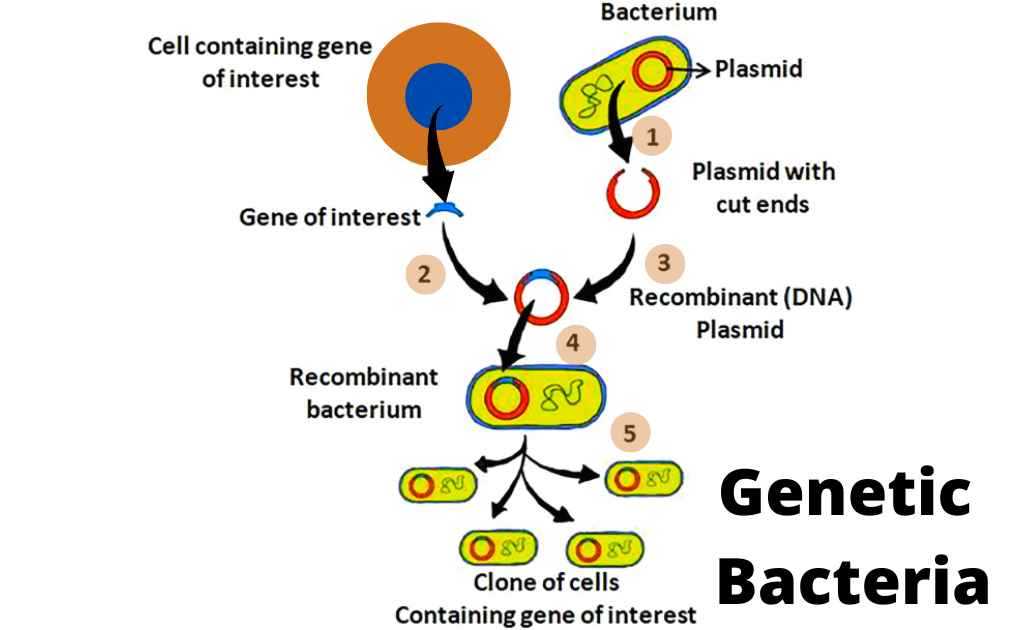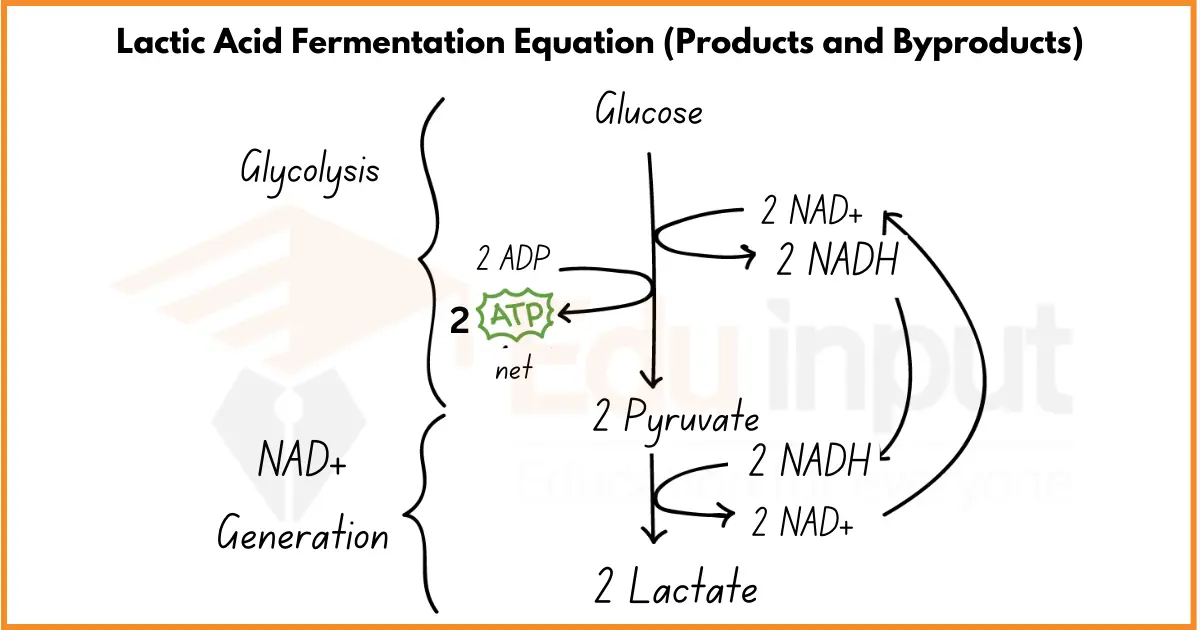What are Transgenic Bacteria?-Development Mechanism and Uses
Transgenic bacteria are genetically modified organisms (GMO) that contain genes from other species. They are created using genetic engineering techniques.
Transgenic bacteria are widely used in agriculture, medicine, and biotechnology. They are also used to produce food additives, such as vitamins, enzymes, antibiotics, and hormones. Transgenic bacteria are living organisms that have been altered using modern biotechnology. These organisms are often used in research or agriculture.
The bacteria with foreign DNA are called transgenic bacteria. Recombinant DNA technology is used to produce transgenic bacteria. These bacteria reproduce in large vats called bioreactors.
How To Prepare GMO Transgenic Bacteria?
The following steps are involved in its preparation;
• Identification of section of DNA with the gene of interest
• Extraction of the gene of interest,
• Insertion of the required gene into a bacterial plasmid,
• Multiplication

Uses Of Transgenic Bacteria
There are the following uses of transgenic bacteria:
Synthesis Of Pharmaceutical Products:
Foreign genes are replicated and expressed in these bacteria. Thus a large amount of protein product is obtained. Many biotechnology products are produced by bacteria. These products are now available in markers. Some of these products are
• Insulin
• Human growth hormone
• Tissue plasminogen activator
• Haemophilia factor VIII
• Hepatitis B vaccine
Promoting Health In Plants:
Transgenic bacteria are used to promote the health of plants. For example:
(1) A bacterium normally lives on plants. It stimulates the ice crystals to form in plants. This bacterium has been changed from frost plus to frost minus bacteria. Now it does not form ice crystals in the plant.
(ii) A bacterium normally forms colonies in the roots of corn plants. Some genes from another bacterium are inserted into these bacteria. These genes code for an insect toxin. The toxin protects the roots from insects.
Biodegradation:
Bacteria can degrade particular substances. Genetic engineering increases this ability of degradation. For example, some naturally occurring bacteria are engineered. These engineered bacteria are used to clean up after oil spills lace A beaches.
Transgenic bacteria are used as biofilters in industries. These bacteria filter the airborne chemical pollutants. Thus these pollutants do not enter the air.
(ii) They can remove sulfur from coal before burning it.
(iii) They help to clean up toxic waste dumps
Some genes are inserted into one strain of bacteria. These bacteria clean up toxins. These bacteria were given leide(genes. These genes cause self-destruction of these bacteria after the completion of their job.
Synthesis Of Organic Compounds:
Catalysts are used on precursor molecules during the synthesis of organic Molecules. Bacteria can be used in place of these catalysts. The genes of enzymes are inserted into these bacteria and these bacteria can catalyze the reaction. For example, biochemists discovered a special strain of bacteria. This strain of bacteria produces phenylalanine.
Phenylalanine is needed to make aspartame. (Aspartame is a dipeptide sweetener. It is known as Nutrasweet).
Biochemists have isolated, altered, and formed vectors for the aspartame genes. They insert these vectors into various bacteria. These bacteria produce phenylalanine.
Use In Mining Industry:
Many major mining companies are using bacteria to extract different metals. Genetic engineering increases the ability of bacteria to extract copper, uranium, and gold from low-grade sources. Some mining single gene transfer companies have tested some genetically engineered organisms. These organisms improve the bioleaching capabilities of metals.

 written by
written by 




Leave a Reply